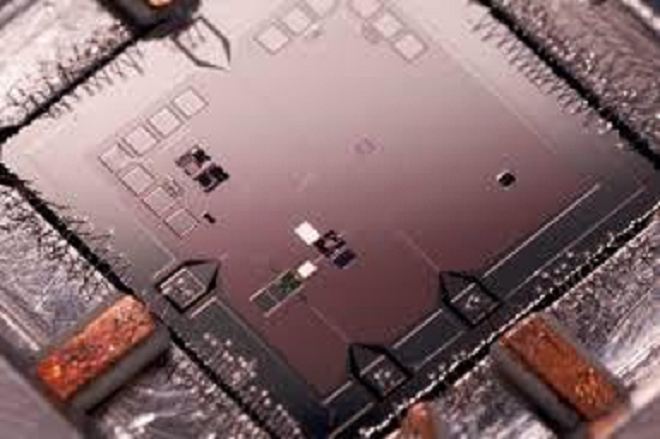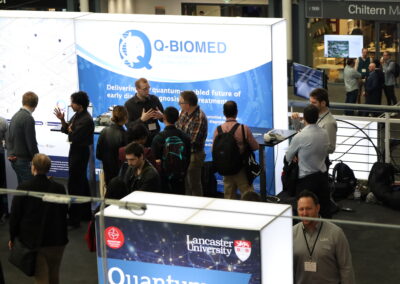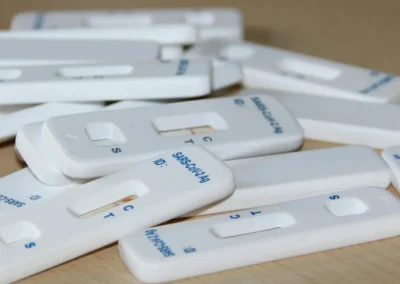Superconducting circuits currently have a wide range of applications in metrology and quantum devices. The active element in most functional superconducting circuits is based upon one or more Josephson junctions. These are typically formed by aluminium oxide AlOx tunnel barriers separating superconducting leads, but the amorphous AlOx layers can host two-level systems which contribute to noise and decoherence – effects which are particularly noticeable in superconducting radio-frequency resonators which are ubiquitous in quantum circuits.
An alternative approach is to replace the tunnel barrier with a region of narrow superconductor with width comparable to the coherence length of the superconductor. Such superconducting nanowires have shown a variety of Josephson and phase-slip effects which makes them candidates for use as active elements in a range of applications in superconducting circuits. As well as not containing an amorphous oxide tunnel barrier, superconducting nanowires have higher magnetic-field resilience than tunnel-barrier Josephson junctions and are monolithic elements compatible with single-stage processing. However, previous attempts to embed superconducting nanowires into superconducting circuits have always introduced high levels of loss and dissipation.
In a paper published in Physical Review Applied in July 2017, researchers at the London Centre for Nanotechnology led by Dr Jon Fenton have demonstrated the incorporation of superconducting nanowires within high-quality niobium nitride resonators. These nanowires were fabricated by neon focussed-ion-beam milling. Using an inert-gas ion-beam allows fabrication of constrictions as small as 20nm while introducing minimal levels of the two-level systems which contribute to loss.

Figure: Frequency response of a nanowire-embedded resonator at 300mK. Inset: He FIB image showing a nanowire patterned into a NbN thin-film resonator (blue) by Ne FIB
Careful studies of the losses from these resonators have allowed the team to conclude that these resonators have quality factors better than 200000 in the low-temperature, single-photon limit relevant for quantum circuits. This is approximately 100× larger than equivalent resonators with embedded nanowires and compares favourably with the mature technology of AlOx-based Josephson junctions.
These results suggest that there are excellent prospects for superconducting-nanowire-based quantum circuits.
Link to Research highlight: Low-Loss Superconducting Nanowire Circuits Using a Neon Focused Ion Beam



